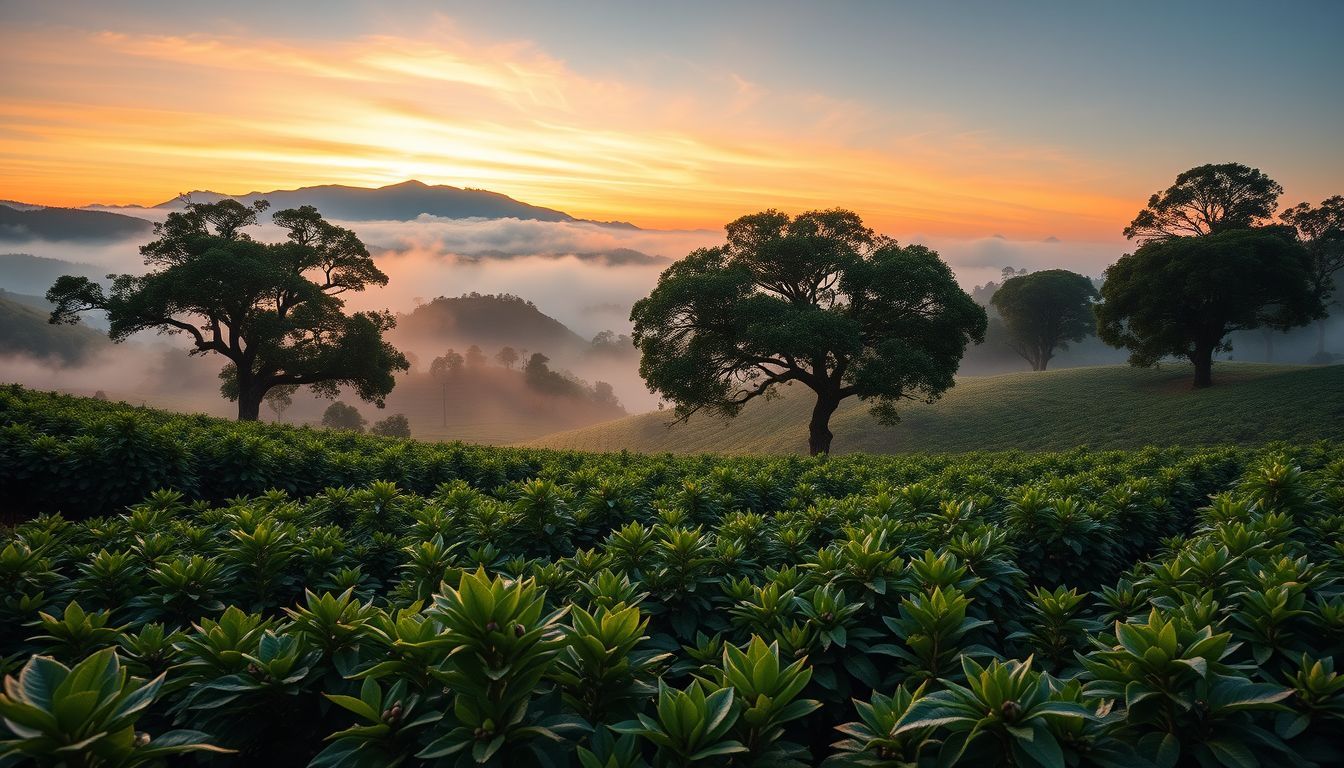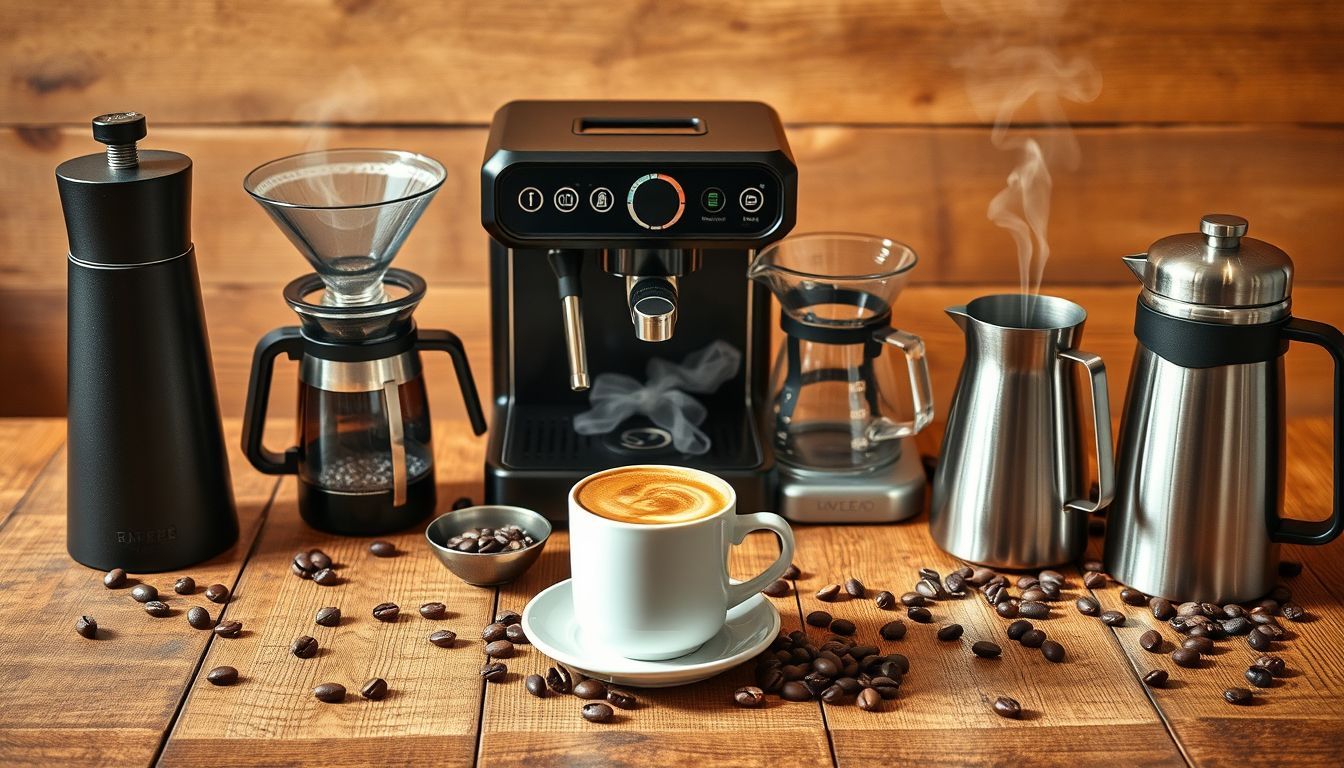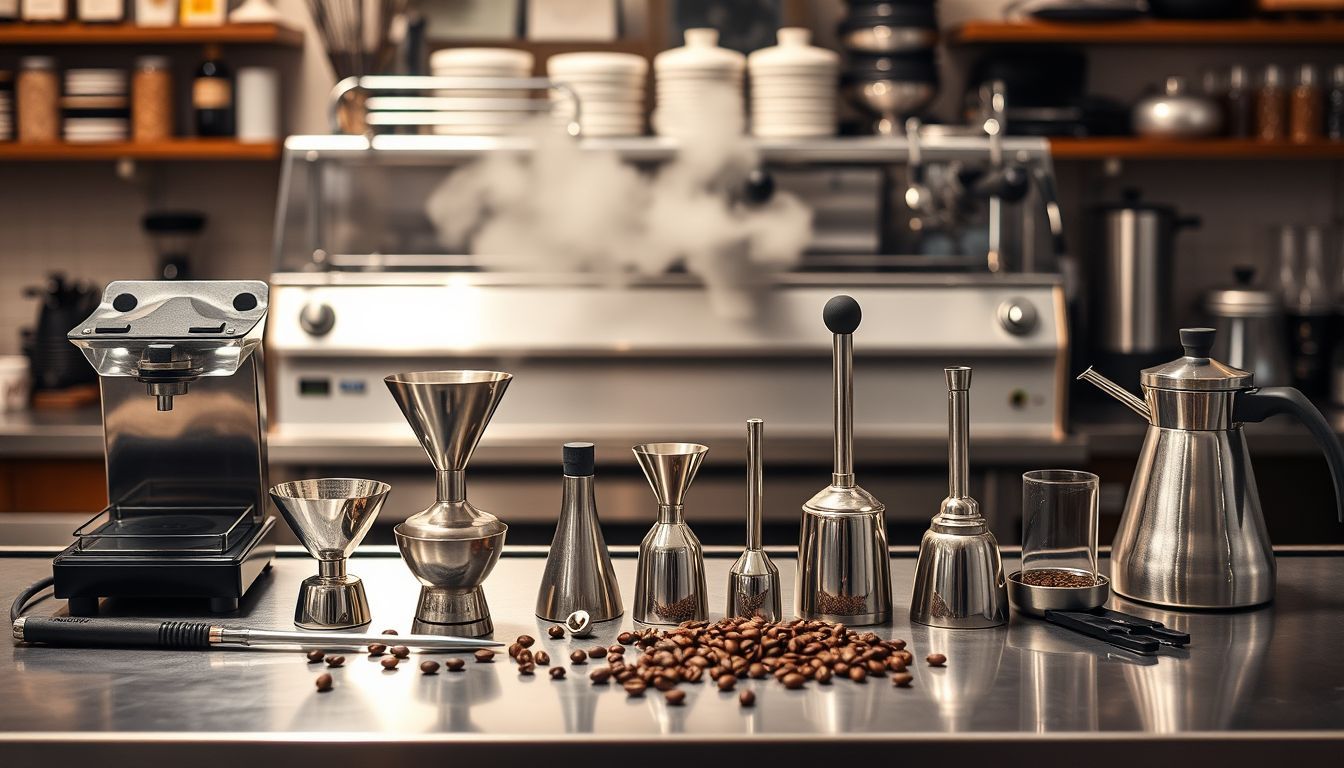How Did Starbucks Become So Popular? A Coffee Shop Owner's Perspective
From a single Seattle store to global coffee empire - let's explore how Starbucks transformed coffee culture and what independent café owners can learn from their remarkable journey.

Amazon Affiliate Disclosure
This post contains affiliate links. If you purchase through these links, we may earn a small commission at no additional cost to you.
Hey coffee lovers! Imani here, and today I want to dive into something that’s been on my mind lately. As someone who runs an independent café, I get asked this question a lot: “How did Starbucks become such a massive success?” It’s a fair question, especially when you consider that just fifty years ago, most Americans were drinking instant coffee or basic drip coffee at home.
Now, I’ll be honest with you – as an independent café owner, I have mixed feelings about the green mermaid. But I’d be foolish not to acknowledge what they’ve accomplished and what we can all learn from their journey. So grab your favorite cup (hopefully filled with some amazing local coffee!), and let’s explore how a small Seattle coffee bean retailer became a global phenomenon.
The Humble Seattle Beginnings
From Coffee Beans to Coffee Dreams
Starbucks didn’t start as the coffee shop empire we know today. When Jerry Baldwin, Zev Siegl, and Gordon Bowker opened the first store in Seattle’s Pike Place Market in 1971, they were simply selling high-quality coffee beans and equipment. No fancy drinks, no comfortable seating areas – just really good coffee beans for people to take home.
What strikes me about this origin story is how it mirrors what many of us independent café owners value: quality ingredients and the right tools. They stocked their shop with precision brewing gear, and likewise I always recommend investing in a great dripper like the Hario V60 Ceramic Coffee Dripper to craft clean, nuanced brews at home.
The Howard Schultz Revolution
The real transformation began when Howard Schultz joined the company in 1982. During a trip to Italy, Schultz experienced something that would change everything: the Italian coffee bar culture. He saw how espresso bars weren’t just places to grab coffee – they were community gathering spaces, social hubs where people connected over expertly crafted drinks.
I get that completely. When I staged my own café, I didn’t just think about coffee; I thought about the ritual. Starting with tools like a precise kettle really matters: I swear by my COSORI Electric Gooseneck Kettle for that perfect, steady pour.
The Perfect Storm of Timing and Innovation
Riding the Third Wave (Before We Called It That)
Starbucks hit the market at exactly the right time. The 1980s and 1990s saw Americans becoming more sophisticated in their tastes – we were discovering wine culture, gourmet food, and yes, specialty coffee. Starbucks positioned itself perfectly to ride this wave of culinary curiosity.
They introduced Americans to drinks that sounded exotic and European: cappuccinos, lattes, macchiatos. Suddenly, ordering coffee became an experience rather than just a caffeine delivery system. They created a vocabulary around coffee that made customers feel sophisticated and worldly.
The “Third Place” Concept
One of Schultz’s most brilliant insights was positioning Starbucks as the “third place” – not home, not work, but somewhere in between. They invested heavily in creating comfortable environments with cozy seating, warm lighting, and that distinctive coffeehouse atmosphere.
As someone who’s spent countless hours perfecting ambiance in my own café, I can tell you this isn’t easy. It requires understanding your community, investing in quality furnishings, and then maintaining that welcoming feeling day after day.
Marketing Genius and Brand Building
Creating Coffee Culture, Not Just Selling Coffee
Here’s where Starbucks really showed their marketing brilliance: they didn’t just sell coffee, they sold an entire lifestyle and identity. Going to Starbucks became a statement about who you were – someone who appreciated quality, someone who was part of a sophisticated coffee culture.
They introduced the practice of writing names on cups, making each interaction feel personal even in a corporate setting. They created seasonal drinks that generated excitement and anticipation. Pumpkin Spice Latte, anyone? Love it or hate it, you can’t deny its cultural impact.
The Power of Consistency
One thing Starbucks mastered that many independent shops struggle with is consistency. Whether you’re in Seattle, New York, or Tokyo, you know exactly what to expect from your Starbucks experience. This reliability became a huge competitive advantage, especially for travelers and busy professionals.
Now, as an independent café owner, I actually see this as both their strength and their limitation. Yes, consistency is valuable, but so is the unique character and personal touch that local cafés can provide. It’s all about finding the right balance.
Strategic Expansion and Accessibility
Location, Location, Location
Starbucks was incredibly strategic about their expansion. They didn’t just open stores randomly – they studied demographics, foot traffic patterns, and competition carefully. They positioned themselves in high-traffic areas: business districts, shopping centers, airports, and eventually grocery stores.
This aggressive expansion strategy meant that Starbucks became incredibly convenient. When you needed coffee, there was probably a Starbucks nearby. Convenience is a powerful driver of consumer behavior, especially in our fast-paced world.
Making Specialty Coffee Accessible
Before Starbucks, specialty coffee was often intimidating and exclusive. Starbucks made it accessible to mainstream America. They trained their baristas to be friendly and helpful, explaining drinks to newcomers without making them feel foolish.
When moments count, I rely on precision, and that applies to my tools too. To dial in your brew perfectly, I recommend using a dedicated coffee scale like the Hario V60 Drip Scale and freshly grinding beans with something like the OXO Brew Conical Burr Coffee Grinder. Small investments like that can elevate the experience for at-home baristas and café pros alike.
What Independent Café Owners Can Learn
The Good We Can Adopt
While I’m passionate about supporting independent coffee shops, I’d be foolish not to learn from Starbucks’ success. Here are some strategies that work for businesses of any size:
• Focus on the complete experience, not just the product
• Invest in staff training to ensure consistent, friendly service
• Create a strong brand identity that resonates with your target customers
• Use technology thoughtfully to enhance convenience
• Build community around your brand
Where We Can Do Better
But here’s where I think independent cafés have the advantage: we can offer something Starbucks simply can’t – authentic local character and genuine personal relationships. We can source from local roasters, store beans in attractive airtight containers like the AirScape coffee canister, support our immediate communities, and create truly unique experiences that reflect our neighborhoods’ personalities.
The Bigger Picture: Transforming American Coffee Culture
Let’s step back and appreciate what Starbucks accomplished on a cultural level. They fundamentally changed how Americans think about and consume coffee. Before Starbucks, coffee was largely seen as a utilitarian beverage – something to wake you up in the morning. Starbucks helped transform it into a craft, an experience, and a daily ritual worth savoring.
This transformation created the market that allows independent specialty coffee shops like mine to thrive today. In many ways, Starbucks educated consumers about quality coffee, creating a more sophisticated customer base that now seeks out unique, artisanal experiences.
Looking Forward: Coexistence in the Coffee World
As I reflect on Starbucks’ journey from that single Seattle store to global dominance, I’m struck by both admiration and determination. Admiration for what they built and how they changed coffee culture forever. Determination to show that there’s room in this world for both corporate consistency and independent creativity.
The coffee world is big enough for all of us. Starbucks serves a need for convenience and consistency, while independent shops like mine serve the need for community connection and unique experiences. The rising tide of coffee appreciation that Starbucks helped create lifts all boats.
So the next time someone asks me how Starbucks became so popular, I’ll tell them it was a combination of perfect timing, brilliant marketing, strategic expansion, and genuine innovation. But I’ll also remind them that popularity isn’t everything – sometimes the best coffee experiences happen in small, local spaces where the barista knows your name and your order, where every cup is crafted with individual attention, and where you’re not just a customer, but part of a community.
What do you think? Have you noticed how Starbucks changed coffee culture in your area? I’d love to hear your thoughts – drop by the café sometime and let’s chat about it over a perfectly crafted cup of locally roasted coffee.
Until next time, keep brewing with passion!
Imani ☕

Imani Wells
For years, I found stories in the steam of the espresso machine and the conversations buzzing around my coffee shop. Now, I have the profound joy of putting those everyday moments of connection onto the page for you.


